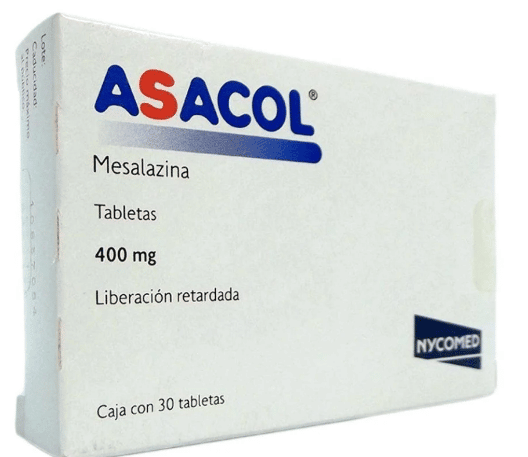Asacol vs Lialda: A Comparison of Anti-inflammatory Aminosalicylate Medications for Ulcerative Colitis
Asacol and Lialda are two commonly prescribed anti-inflammatory aminosalicylate medications for the treatment of conditions such as ulcerative colitis, proctitis, and proctosigmoiditis. They are also used to prevent the recurrence of symptoms in ulcerative colitis patients.
Ulcerative colitis is a chronic condition, meaning it lasts a long time. Symptoms may vary, with periods of symptom activity known as flare-ups, and other times when symptoms are minimal or absent, referred to as remission.
So, what distinguishes Asacol from Lialda? Is one more effective than the other? Keep reading to get an in-depth comparison of these two medications.
What is Asacol?
Asacol is prescribed for specific intestinal conditions such as ulcerative colitis. It helps alleviate symptoms including stomach discomfort, rectal bleeding, and diarrhea. The active ingredient in Asacol is Mesalamine, which belongs to the aminosalicylate drug class.
Asacol is typically used as a maintenance therapy to sustain remission, characterized by minimal or no disease activity, and is not intended for suppressing flare-ups of active disease. It is unsuitable for patients with moderate to severe ulcerative colitis who have achieved remission through biologic and immunomodulatory drugs.
How is Asacol taken?
Asacol can be administered orally, topically, or as a liquid or foam enema. The tablets need to be swallowed whole, not crushed or chewed, to be effective. The pill’s outer shell is safe for ingestion and is fully absorbed by the body.
Asacol side effects
Common side effects of Asacol include:
- persistent stomach ache
- stomach cramps
- bloody stool
- fever
- headache
- body rash
- stools resembling coffee grounds
- reduced or difficult urination
- swollen ankles and feet
- fatigue
- difficulty breathing
- decreased appetite
- upper stomach discomfort
- easy bruising or bleeding
- dark urine
- jaundice
What is Lialda?
Just like Asacol, Lialda is an anti-inflammatory medication used to manage ulcerative colitis and other inflammatory bowel diseases. It also contains Mesalamine and is part of the aminosalicylate drug class, helping to reduce bowel inflammation.
Lialda is typically administered as a delayed-release tablet taken once daily with a meal. Each tablet is 1.2 grams, and no other strengths are available.
How is Lialda taken?
It’s crucial to follow your doctor’s instructions when taking Lialda. The medication needs to be swallowed whole, not chewed, crushed, or broken, to ensure proper absorption in the colon. Dosage is based on your medical condition and response to treatment. For children, the dosage may also be weight-based.
Lialda side effects
Common side effects of Lialda include:
- headache
- flatulence (passing gas)
- elevated liver enzyme levels
- stomach/belly ache
- diarrhea
- hair loss
- joint pain
- dizziness
- upper respiratory infection, such as the common cold
- vomiting
- anemia (low red blood cell levels)
- nausea
This comparison aims to provide an overview of Asacol and Lialda, helping you understand their use, administration, and potential side effects. Always consult your healthcare provider for personalized medical advice tailored to your condition.
